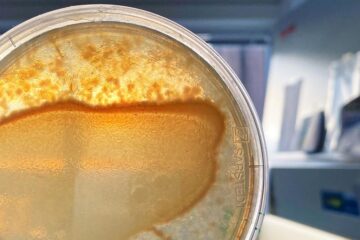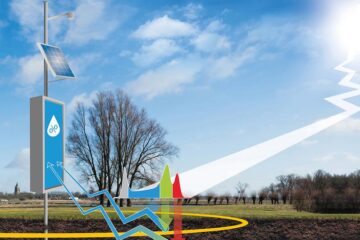Conference on Open Access to Knowledge in the Sciences and Humanities

Conference Synopsis and Strategic Aims
The 3-day conference aims to bring together key players from national and international research organizations, learned societies, museums, archives, libraries and research funding agencies and political institutions, commercial and non-for profit publishing services concerned about the future of scientific e-publishing and scholarly communication. The declared aim of the meeting is to provide guidance to all players involved on how to help build a future-proof, flexible, open, and high-quality scholarly and scientific publishing system.
- Prepare the transformation of all areas of research from the print into the electronic world.
- Establish an open-access policy on the Internet for scientific information, including cultural heritage.
- Define future models for web-based scientific/scholarly communication and publishing and for making cultural heritage accessible on the Web.
- Provide blueprints on how to make publishing alternatives work in a sustainable way.
- Encourage funding agencies and research organizations to support the creation and implementation of open access models for scientific publishing.
- Encourage funding agencies and research organizations to support the transfer of existing content both from science and culture to the new medium.
- Define prerequisites for a future Web of Culture and Science.
The conference will take place in the Conference Center „Harnack-Haus“ in Berlin. Address: Max-Planck-Gesellschaft Tagungsstätte Harnack-Haus, Ihnestraße 16-20, D-14195 Berlin.
Media Contact
Weitere Informationen:
http://www.mpg.de/english/contemporaryIssues/news/index.html http://www.harnackhaus-berlin.mpg.deAlle Nachrichten aus der Kategorie: Veranstaltungsnachrichten
Neueste Beiträge

Das Mikrobiom verändert sich dynamisch und begünstigt wichtige Funktionen für den Wirt
Ein interdisziplinäres Forschungsteam des Kieler SFB 1182 untersucht am Beispiel von Fadenwürmern, welche Prozesse die Zusammensetzung des Mikrobioms in Wirtslebewesen steuern. Alle vielzelligen Lebewesen – von den einfachsten tierischen und…

Wasser im Boden – genaue Daten für Landwirtschaft und Klimaforschung
Die PTB präsentiert auf der Woche der Umwelt, wie sich die Bodenfeuchte mithilfe von Neutronenstrahlung messen lässt. Die Bodenfeuchte hat nicht nur Auswirkungen auf die Landwirtschaft, sondern ist als Teil…

Bioreaktor- und Kryotechnologien für bessere Wirkstofftests mit humanen Zellkulturen
Medizinische Wirkstoffforschung… Viele Neuentwicklungen von medizinischen Wirkstoffen scheitern, weil trotz erfolgreicher Labortests mit Zellkulturen starke Nebenwirkungen bei Probanden auftreten. Dies kann passieren, wenn zum Beispiel die verwendeten Zellen aus tierischem…





















